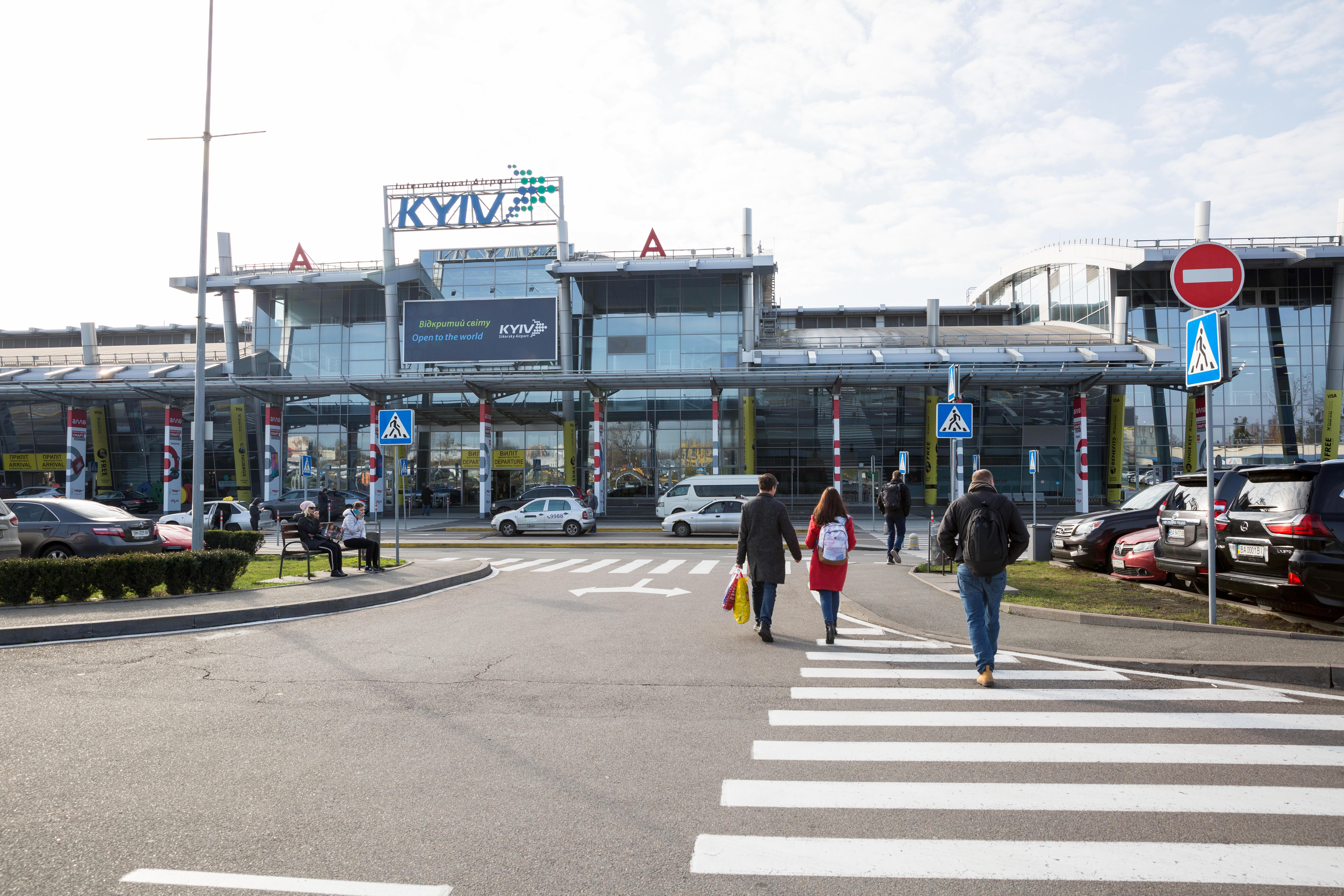Interview: Kyiv Sikorsky Chairman Talks Infrastructure, Investment And Business

How do you see the growth potential of Ukrainian air transport?
In my opinion, Ukraine is an underestimated country. The market for passenger and cargo transportation will develop by leaps and bounds. This is due to the fact that Ukraine is located in the geographical center of Europe and has colossal transit potential for goods and passengers.
Everything that we observe in the development of hub models—European, Turkish, Middle Eastern—is applicable to Ukraine, and even with a certain multiplier due to the unique geographical location and underestimation of the country as a whole.
What is the potential at Kyiv Sikorsky International?
The most important advantage is, of course, the location. As realtors say, there are three main criteria for the property: location, location and location. IEV is in a country that is located in the center of Europe, and the airport is located in the very center of its capital.
IEV will never become a hub—a large hub in the direct sense of the word—because its main advantage is also its main disadvantage for the development of the hub model: large aircraft will probably not be accepted by the population of Kyiv kindly.
Large planes passing over residential buildings create some discomfort, but for aircraft such as A320, A321 or Boeing 737, this is just a wonderful airport, and it is exactly those aircraft which carry travelers point-to-point when the city of Kyiv is the final arrival point. And for those travelers this is really an advantage. After all, passengers almost immediately find themselves in the city center—there is no need to cross bridges or stand in traffic jams.
Of course, this applies mostly to tourists and business travelers. The tourism potential is also very large: Ukraine is a country with a very interesting, long history, with many architectural monuments, natural monuments and landscapes. Let's also remember that we have our tragic, but, nevertheless, historical landmark: Chernobyl, which every year increases its number of visitors.
How has IEV tackled overcome the pandemic so far?
The number of cases in the team were not critical, but there was a kind of "catastrophe" related to quarantine restrictions: for four months we were completely closed. And since Kyiv Sikorsky International Airport is a strategic enterprise and must work 24 hours a day and seven days a week, the costs for maintaining the infrastructure—for lighting, cleaning, keeping the terminals in working order—were very significant.
We have also supported our team, we have paid stripped-down salaries to all employees, whether they went to work or not. In the first four months only employees of the services that supported the vital activity of the airport went to work, but then it was necessary to somehow distribute the small income that was generated after the resumption of passenger traffic to all personnel—even those who were not directly involved in passenger service—to keep the team and enable people to somehow make ends meet. We are a socially responsible business and this is a huge responsibility for us as an employer.
Then, there was a very significant reduction in passenger traffic due to quarantine restrictions in the main directions to which passengers flew from IEV. On the one hand, the restrictions of the Ukrainian government, and on the other hand, the restrictions of the governments of other countries contributed to a sharp decrease in passenger traffic. And this, of course, had an impact on the airport's income, but not in any way on costs.
What are IEV’s future investment plans?
A specialist in the aviation business once said: "While the airport is building something, it is alive." Therefore, of course, we have investment plans: we are constantly looking for new directions for business development, to increase income. This is the essence of the aviation business—increasing income and expanding the range of services provided.
Now we are focused on the development of cargo—we see significant potential in this direction. To do this, we need to build the infrastructure: cargo warehouses, customs warehouses, and logistics chains. This is the strategic goal of our investment business plan.
The second investment area is the construction of hangars and the expansion of the range of ground services we provide. Aircraft hangar storage is an in-demand service, especially when it comes to small aircraft which are expensive and should be stored in a garage. Here we put a Mercedes in the garage that costs $100,000, and for some reason we keep the plane, which costs $20 million, in the open air.
Read the other half of this interview on competition, network and airline relations here.
Main photo credit: Edijs Volcjoks / Alamy Stock Photo
Portrait credit: Kyiv Sikorsky International Airport
